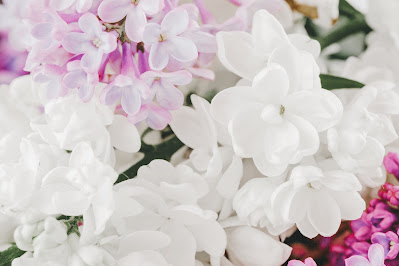Sampaguita Flower
In the tropical paradise of the Philippines, a delicate and enchanting flower reigns supreme - the Sampaguita. Known as the national flower of the Philippines, Sampaguita holds a special place in the hearts of Filipinos and is celebrated for its intoxicating fragrance, cultural significance, and timeless beauty. In this article, we embark on a journey to discover the captivating allure of the Sampaguita flower and its rich cultural heritage.
Fragrance and Symbolism
Sampaguita, scientifically known as Jasminum sambac, is a small, white, star-shaped flower that emits a sweet, intoxicating fragrance. Its name is derived from the Filipino words "sampa" meaning "to offer" and "gitâ" meaning "string," symbolizing the flower's use in garlands and offerings. Sampaguita is often associated with purity, humility, and simplicity. Its delicate beauty and captivating scent have made it a symbol of love, devotion, and spiritual purity in Filipino culture.
Cultural Significance
Sampaguita holds a significant place in Filipino traditions and folklore. It is commonly used in religious ceremonies, festivals, and important occasions. The flower's fragrant garlands, known as "lei" or "sampaguita strings," are offered to religious statues, used in wedding ceremonies, and given as a sign of respect and hospitality. The scent of Sampaguita is believed to bring good luck and ward off evil spirits, making it a cherished flower in Filipino homes.
Art, Literature, and Music
The beauty and symbolism of Sampaguita have inspired artists, writers, and musicians throughout Philippine history. In literature, the flower is often used as a metaphor for purity, innocence, and everlasting love. It has been featured in poems, songs, and folk tales, evoking a sense of nostalgia and national pride. The Sampaguita's delicate charm has also been captured in paintings and other visual arts, showcasing its timeless elegance.
Medicinal and Therapeutic Uses
Beyond its cultural significance, Sampaguita is believed to possess various medicinal properties. In traditional Philippine medicine, the flower is used to treat headaches, fever, eye infections, and inflammation. It is also valued for its calming properties, with Sampaguita tea being used to alleviate anxiety and promote relaxation. The flower's essential oil is used in aromatherapy for its soothing and mood-enhancing effects.
Conservation and Sustainability
As Sampaguita holds a special place in the hearts of Filipinos, efforts are being made to conserve and protect this cherished flower. Organizations and individuals are working towards sustainable cultivation practices, ensuring the preservation of Sampaguita for future generations. By supporting local farmers and promoting responsible harvesting, we can help preserve the beauty and cultural heritage associated with this beloved flower.
Embracing Sampaguita's Beauty
Sampaguita's delicate blooms and captivating fragrance make it a delightful addition to gardens and landscapes. Its versatility allows it to thrive in various climates, making it accessible to flower enthusiasts around the world. Cultivating Sampaguita in your own garden can bring a touch of the Philippines' natural beauty to your doorstep, allowing you to enjoy its enchanting fragrance and elegant blooms.
Sampaguita, the fragrant jewel of the Philippines, is a flower that embodies the spirit and cultural heritage of the Filipino people. Its delicate beauty, intoxicating fragrance, and deep symbolism have made it an enduring symbol of love, purity, and national pride. As we embrace the allure of Sampaguita, let us appreciate its timeless charm and the rich cultural tapestry it represents, ensuring that this beloved flower continues to bloom and inspire for generations to come.
Hi Hello Please Support Us by Donating a Little its a Big Help to Us! Thank you
G-Cash +639552394832 and PayPal: Please Support Us



No comments:
Post a Comment